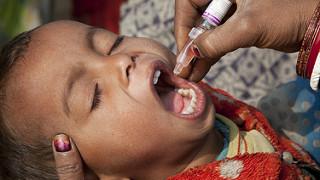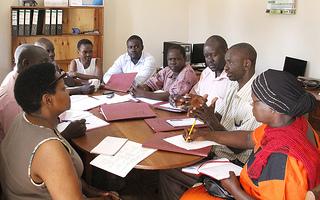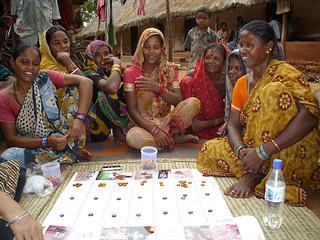Shagun Sabarwal

Body
Shagun Sabarwal reviewed research and coordinates the quality assurance processes for grants funded under 3ie’s Policy Window and Open Window modalities. She is currently Director of Policy, Training and Communications at J-PAL South Asia, and Director of the CLEAR South Asia Centre.



